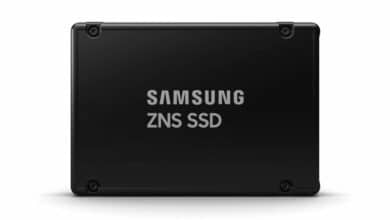

The OLED 49 uses a much thinner panel and comes with a 1800R curve. The Neo G9 easily wins on the resolution front, but size plays a significant role here. It’s two 4K monitors side-by-side, so you only have half the vertical resolution of true 8K. You’ll see the Neo G9 advertised as an 8K monitor, but that’s not the case. The OLED G9 uses a dual 1440p panel for a 5120 x 1440 resolution, while the Neo G9 uses a dual 4K panel for a 7680 x 2160 resolution.

The OLED G9 is 49 inches diagonally, while the Neo G9 is 57 inches diagonally. That makes them very wide, but they’re not the same size. If you’re unfamiliar, 32:9 essentially places two standard 16:9 screens side-by-side, just without the bezel. Resolution and screen sizeīoth the Odyssey OLED G9 and Odyssey Neo G9 are massive 32:9 monitors. It’s hard to say for sure right now, though. As one of the first DisplayPort 2.1 monitors, and the only dual 4K monitor on the market, Samsung could charge a hefty premium. The only factor working against that assumption is the Odyssey Neo G9.

We may not see a price reduction, but at the very least, we don’t expect a price increase. As OLED and mini-LED become cheaper, Samsung may bring down the price compared to last year’s model. There’s a small chance we’ll see a price reduction, though. Samsung’s 43-inch mini-LED monitor looks stellar - if your desk can handle it


 0 kommentar(er)
0 kommentar(er)
